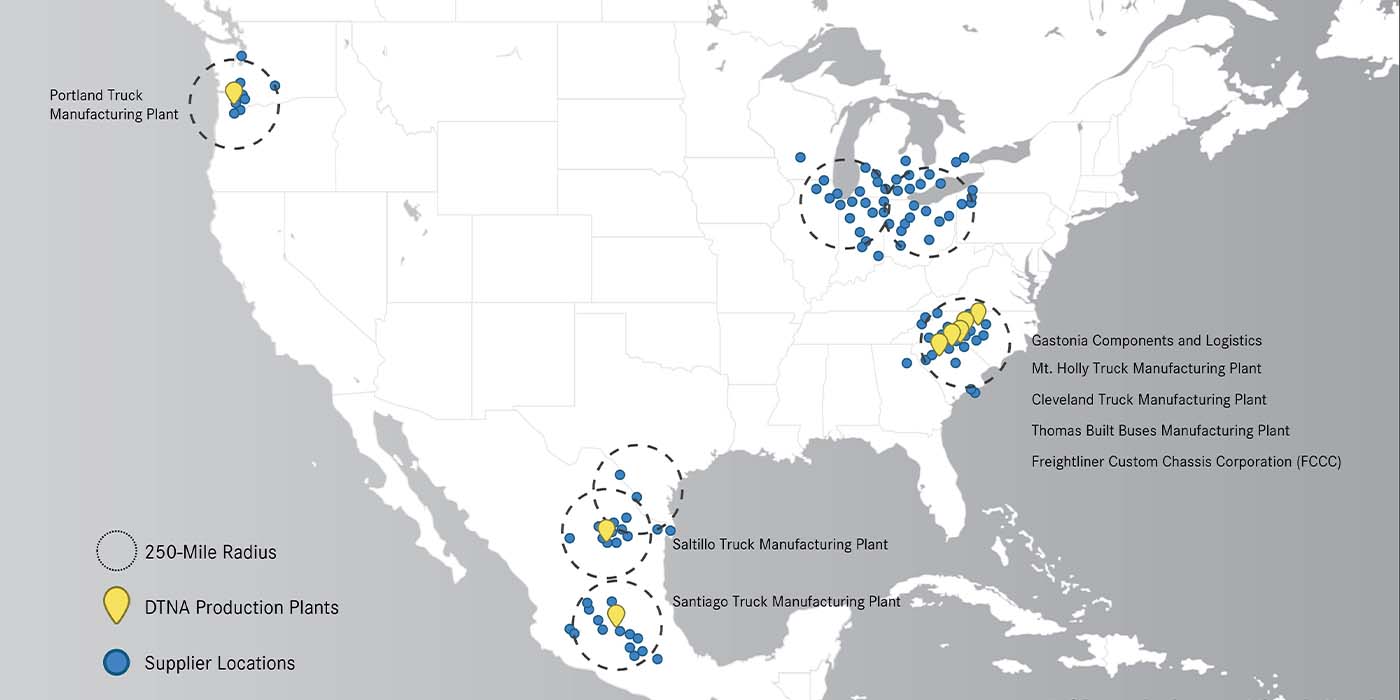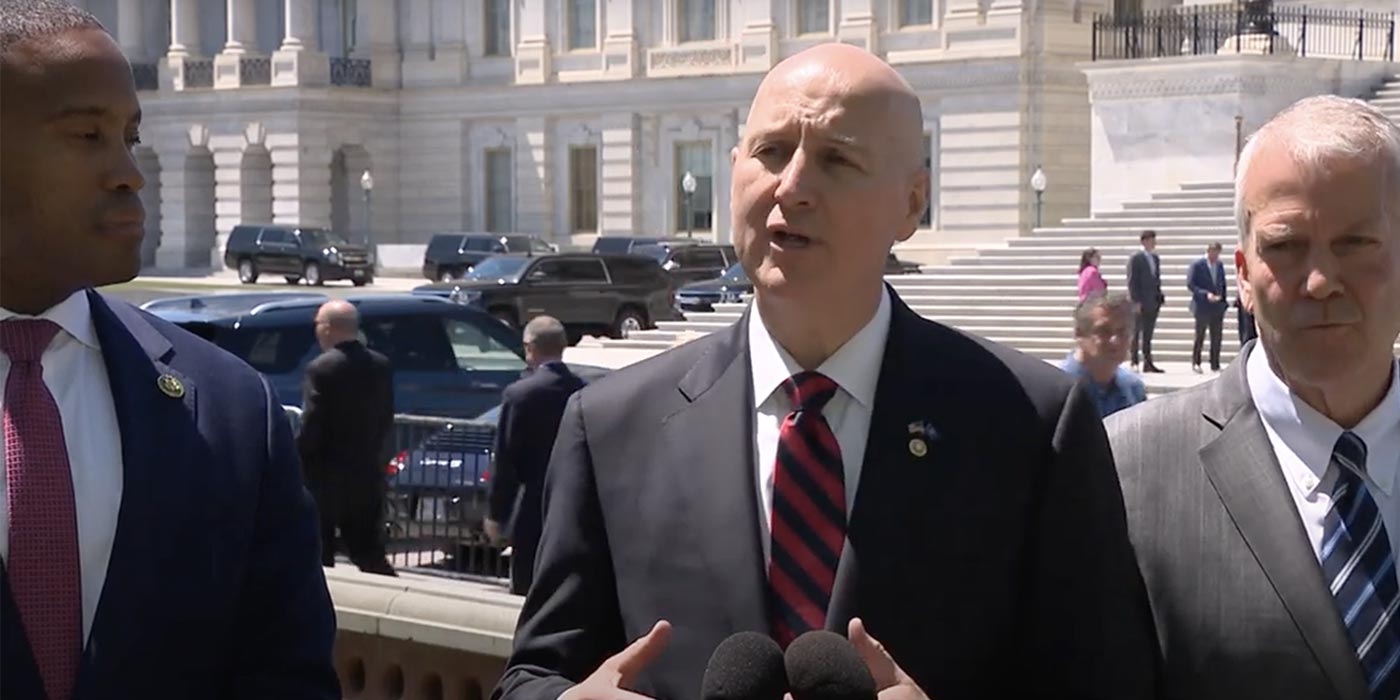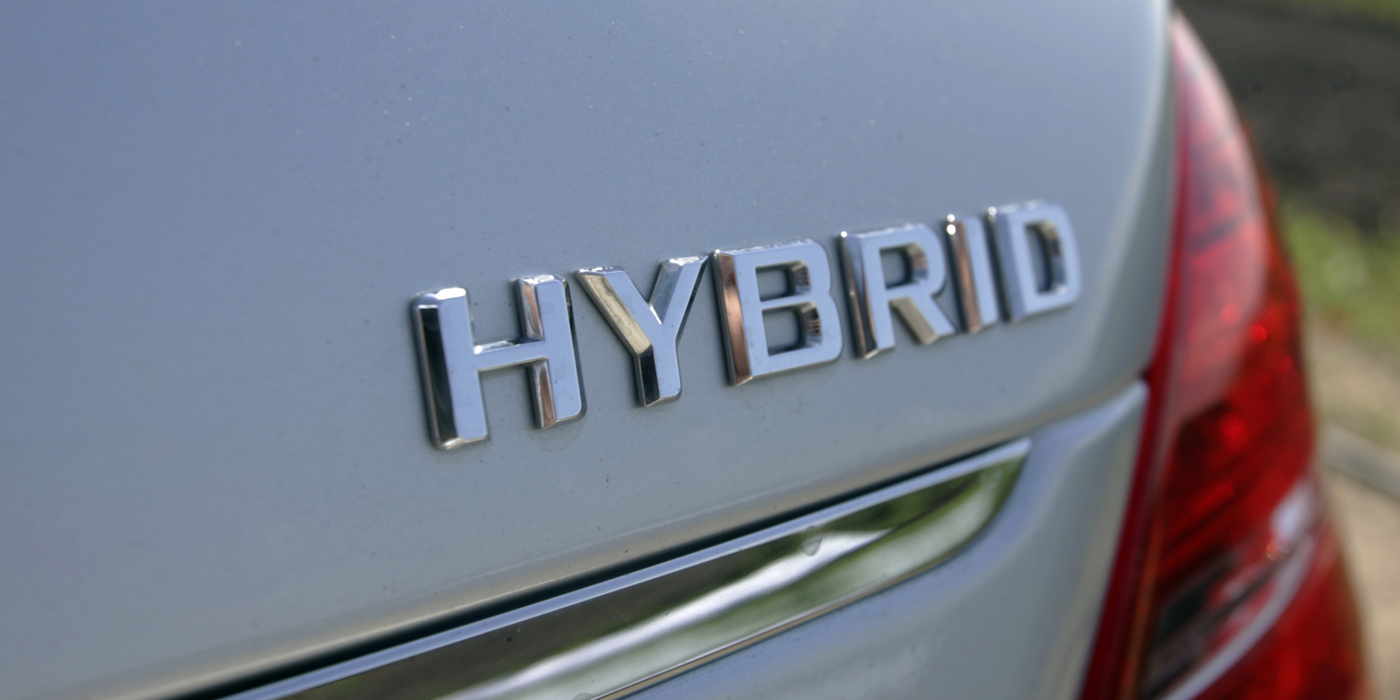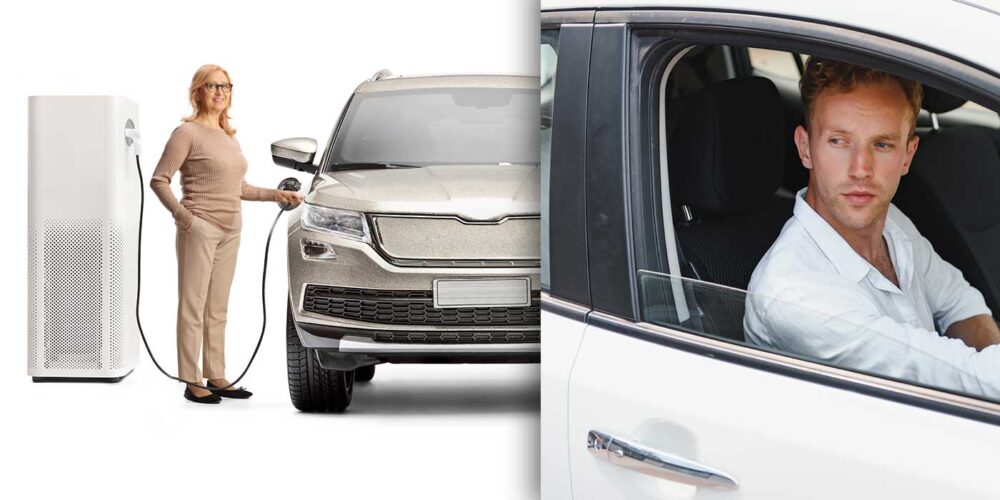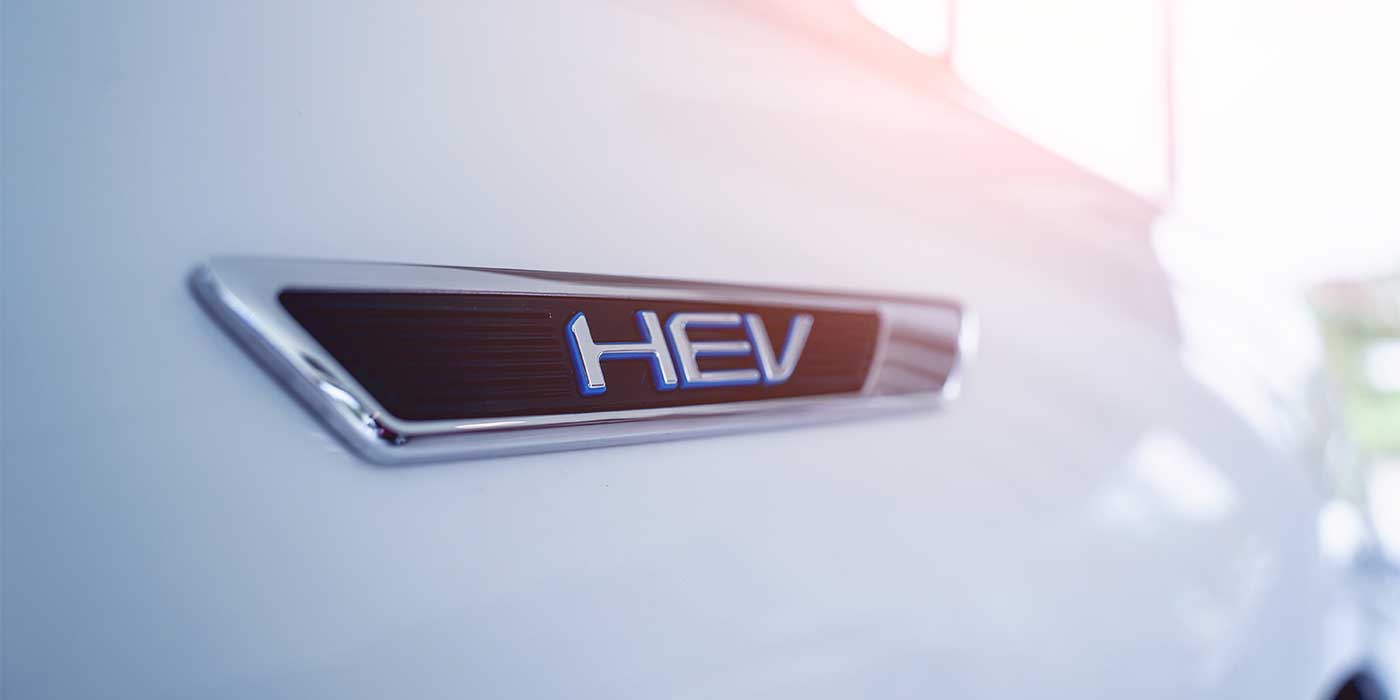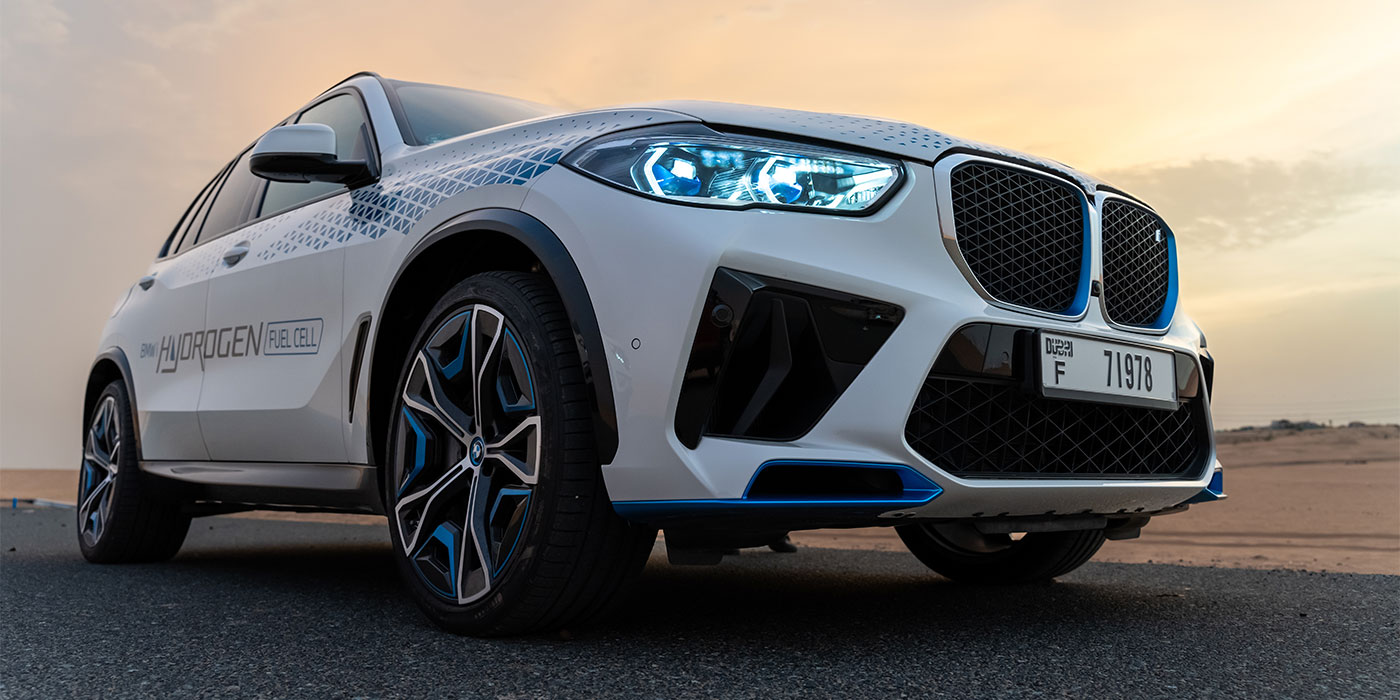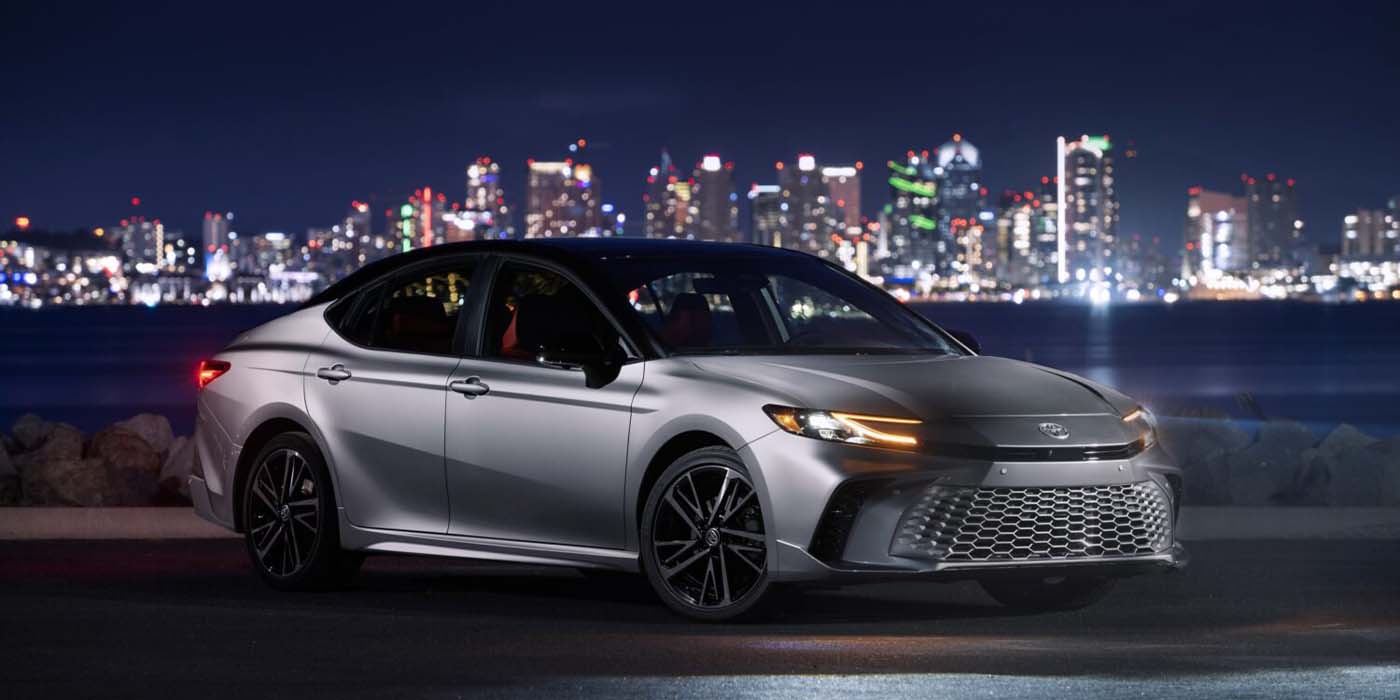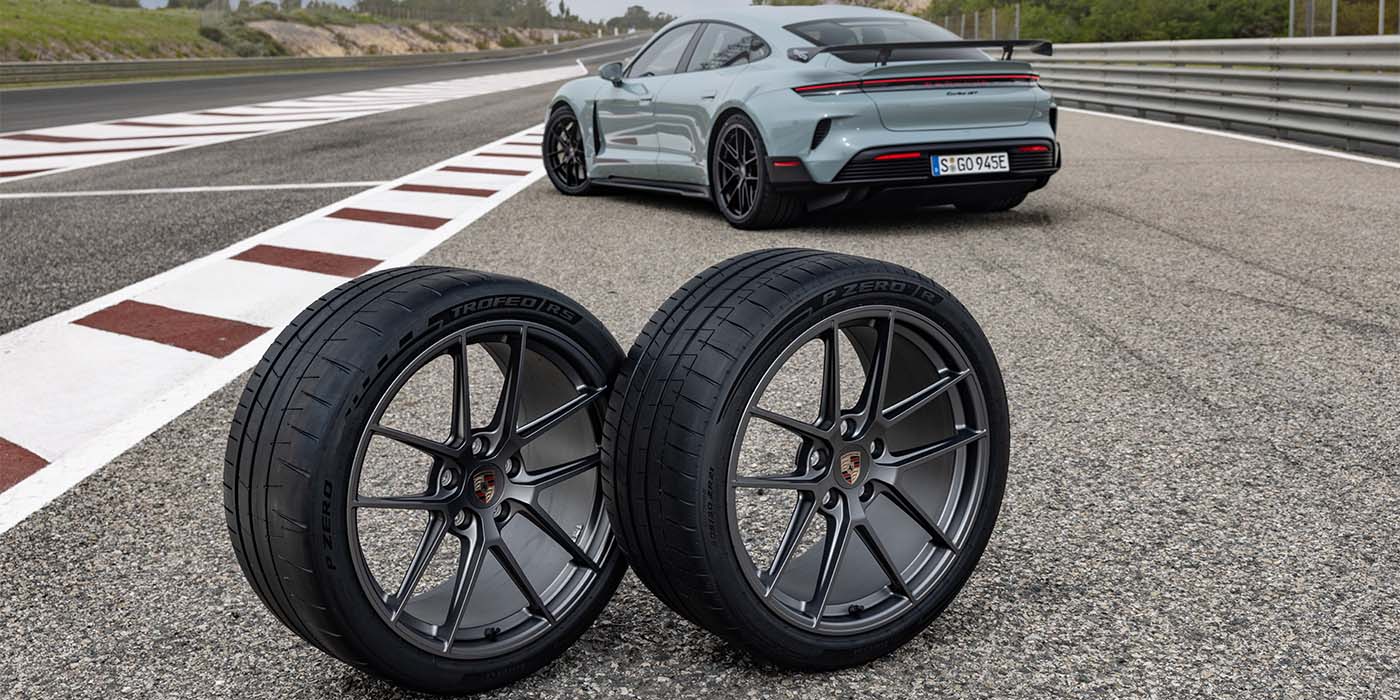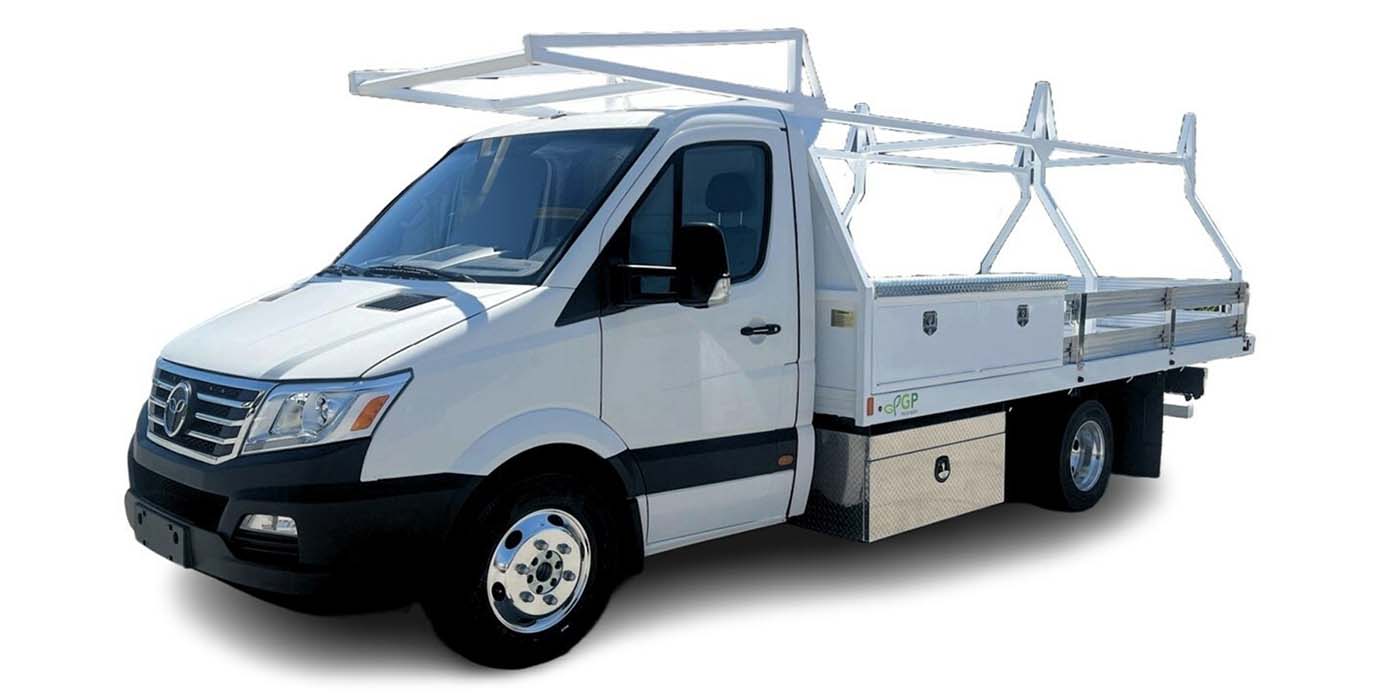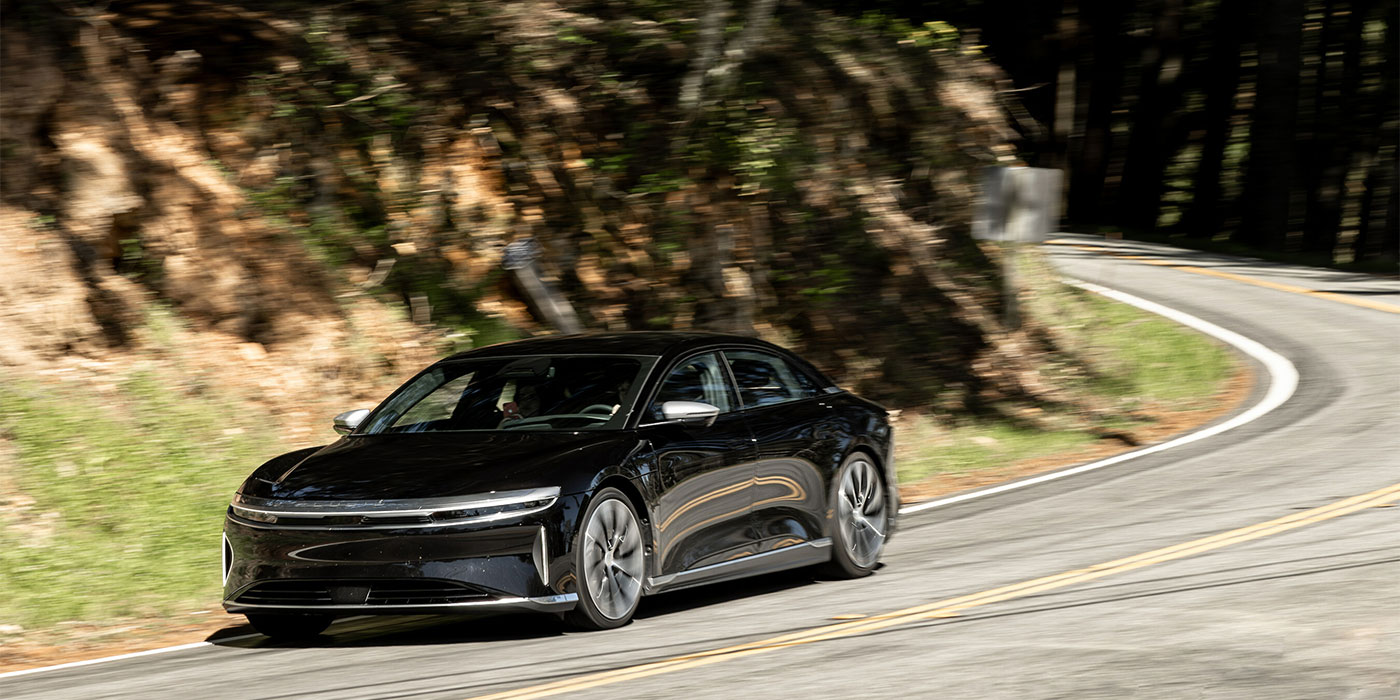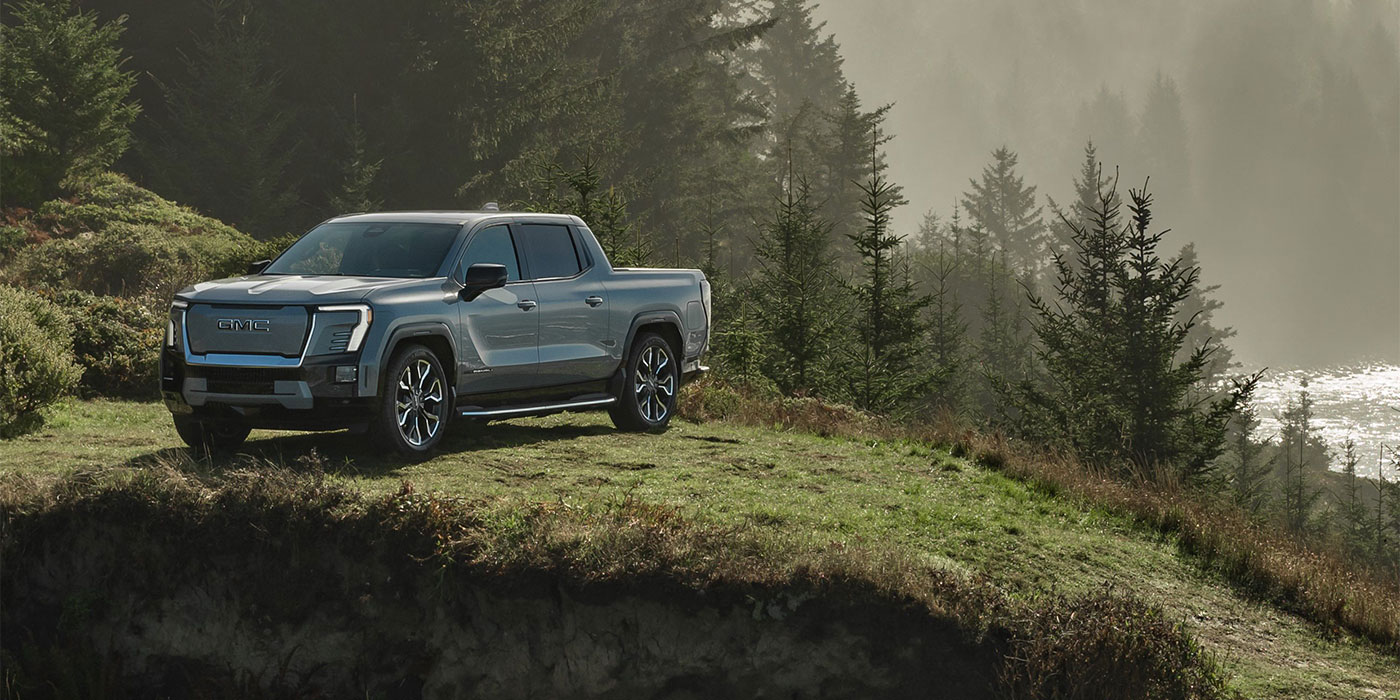More than $120 billion in investments and 143,000 new U.S. jobs have been announced in the last eight years, with more than 40% of those announcements happening in the last six months, since the passage of the Inflation Reduction Act (IRA). The Inflation Reduction Act (IRA) and other national policies have catalyzed investments in electric vehicle manufacturing in the U.S., according to a new report by Environmental Defense Fund and WSP USA.
Key findings in the report, “U.S. Electric Vehicle Manufacturing Investments and Jobs: Characterizing the Impacts of the Inflation Reduction Act after 6 Months,” include:
- Manufacturers have announced more than $120 billion in investments in the last eight years;
- 73% of that $120 billion was announced in the last 15 months – since Congress passed the Bipartisan Infrastructure Law;
- 42% of that $120 billion was announced in just the last six months – since Congress passed the IRA;
- Manufacturers have announced 143,000 new jobs in the electric vehicle sector in the last eight years;
- 66% of those jobs were announced in the last 15 months – since Congress passed the Bipartisan Infrastructure Law;
- 32% of those jobs were announced in just the last six months – since Congress passed the IRA.
By 2026, these already-announced U.S. facilities alone will be able to produce about 4.3 million new electric cars and passenger trucks each year, the report says. For comparison, that’s about one-third of all new vehicles sold in the U.S. last year.
The report finds even greater levels of investment in U.S. battery manufacturing capacity. By 2026, these already-announced U.S. facilities alone will be capable of producing enough batteries to supply more than 11 million new zero-emitting passenger vehicles each year, which would represent more than 80% of all new vehicles sold in 2022.
The investment boom spurred by recent national policies like the IRA will help support jobs in states across the country, and 86% of all the investments announced so far are concentrated in 10 states, with half of those – Michigan, Tennessee, Georgia, Nevada and Kentucky – which have seen more than $10 billion in investment each. Investments in those same five states, plus North Carolina and South Carolina, are expected to support more than 10,000 new jobs in each state.
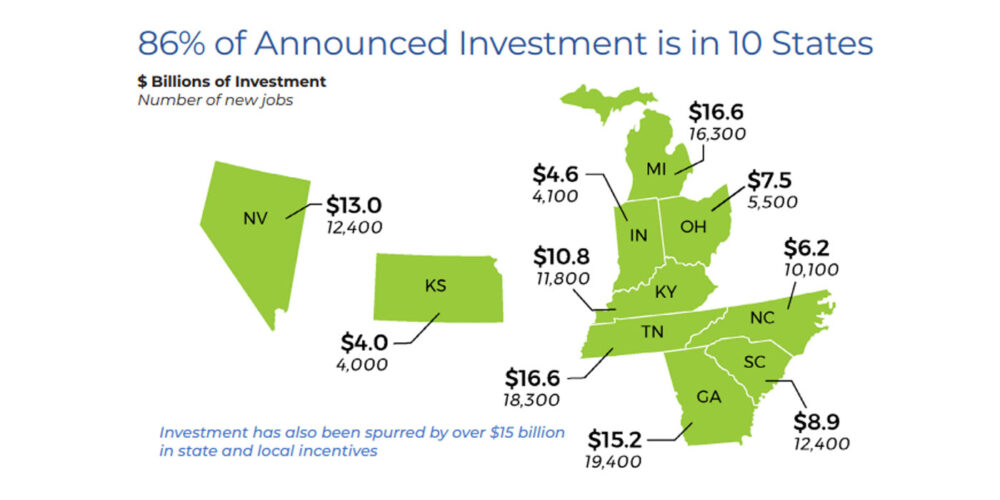
Billions more in investments will help create EV-related jobs in other states, the report says, including Alabama, Arizona, California, Illinois and Texas.
The report also found that U.S. investments, production capacity, and jobs in the EV sector will likely continue to grow, especially in response to government actions expected in the future – including national vehicle emissions standards for cars and passenger trucks. EPA is also expected to soon propose performance-based pollution standards for medium- and heavy-duty vehicles like freight trucks and buses.


